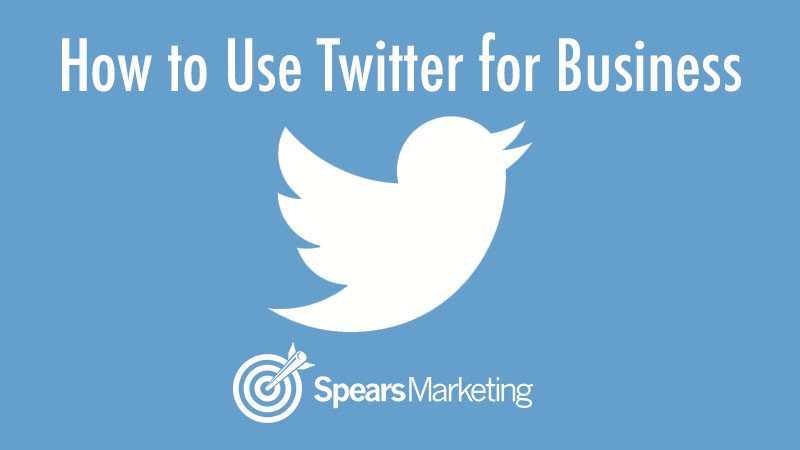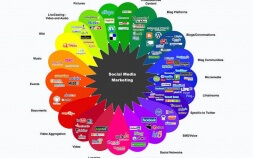Twitter is one of the most popular social media networks with over 200 million active users. It’s also the one social media channel that most small business owners understand the least.
Because of Twitter’s 140 character or less constraint, (some would call it a limitation) many people consider it to be a platform to simply broadcast status updates, such as what you had for lunch, or your latest sale. But Twitter is much more than short updates and personal info. If you follow some basic Twitter best practices, you’ll see that it’s simplicity is what makes it so useful.
In order to use any social media platform effectively, you should have a well-rounded arsenal of updates and links that consist of marketing, customer service, public relations, and entertainment. However, even more important than these four outgoing uses is to use Twitter as a communications tool. Think of it as a public telephone that you can listen in on.
“But my industry is boring, no one talks about it on Twitter.” That’s what you’re thinking, right? Of course no one’s talking about it…until they need it. Take a plumber for example. People don’t generally tweet about plumbing…that is until they have a water leak. Are you listening in on that conversation? With tools like Twilert, you can get an instant notification when someone mentions plumber, and your city name. How’s that for customer service if you respond back and say you’ll be right over? Think you might have a happy customer…for life? Who will also tell all her friends and family about your amazing and responsive service?
But what about outgoing tweets? Still don’t know what to say? Your goal is to be helpful. Using tools such as Buffer, you can determine when is the best time to send out-going tweets, and then schedule them based on when the majority of your twitter followers are online. As long as you’re consistent in your content marketing, tweeting about customer service, public relations, marketing, and entertainment, you should begin to build up a nice following.
5 Tips for Using Twitter for Business
Many small business owners don’t understand how to use, or see the value of Twitter as a business marketing & communications tool. I’m here to tell you that not only can it be extremely valuable to your business, but you could be losing business by not using it. If you’re one of the people who hasn’t mastered how to use this social media tool, then here’s 5 tips for using Twitter for your business.
1. Be Consistent
Both with the amount you tweet, per day, per week, etc. and in your message. Be yourself and interject your personality, but keep it in line with your business and the attitude you want to convey.
2. Follow Strategically
Follow others in your industry and in complementary industries. Also, follow your customers and interact with them. Just because someone follows you doesn’t mean you need to follow them back. If they don’t’ tweet anything of value, then there is no point in clogging up your Twitter stream with them.
3. Balance out Your Tweets
All social media is a three-spoked wheel. 1/3 marketing, 1/3 customer service, 1/3 public relations. Make sure your tweets are a consistent balance of all these. Don’t just talk about yourself or your business. Remember, it’s not about you, it’s about them…which in turn brings them back to you!
4. Don’t be Overly Controversial
Controversy can be good at times, but not all the time. Politics and religion are two topics that tend to elicit the most controversy. Avoid mentioning those topics which could turn people off from doing business with you.
5. Always Respond to Your @ Mentions
When someone mentions you on Twitter (using the @ symbol), respond back and in a timely manner. Think of Twitter as an extension of your phone or email. If a potential customer calls or emails you, you respond back, right? Social media is no different. Make sure you respond ASAP to any inquiry or mention on your social media profiles.
Social media (and wine) expert Gary Vaynerchuk recently wrote a blog post titled Stop Trying to be Funny on Twitter! The point he was trying to make is that if you’re not a humorous person, don’t try to be one. If you’re more serious-minded and helpful, then that’s how you should tweet. As a business owner, marketer, or social media manager, your personality *MUST* shine through in your tweets (and other social media usage as well).
We all want more Twitter followers (and active engagement among those followers). This how-to checklist will get you started using Twitter more effectively and efficiently.
Twitter Best Practices
Follow other like-minded bloggers, experts, and other users whose content you find interesting. Tweet out and share their content when you think your followers might enjoy it.
If someone @ mentions you, shares your posts or retweets you, respond back and thank them in a timely manner.
Always tweet your new blog posts as soon as it’s published, and use 1-3 relevant hashtags (ex: #recipe #grainfree #natural remedy, etc.)
Use a tool like Buffer App to pre-schedule your tweets so that you are constantly providing high quality links and information to your followers throughout the day (and night).
Analyze your followers so you’ll know the most optimal time to share content with your audience. Use Buffer to schedule content for times you will get the most reach with your followers.
Twitter is a great resource for asking questions and communicating with your audience. Use it as free market research. Ask your audience what they want. Get feedback. Be personal. Many people are more likely to tweet a question to you than they are to leave a comment on your blog, so engage your followers as much as possible.
Simply Measured & Brand Mentions offer excellent monitoring and analytics tools to gage your social media reach, followers, and impact.
We Follow is a good tool to find influential people to follow and connect with on Twitter.
This is a great article about all the historical data on Twitter.
If you want to learn even more about using Twitter for your small business, check out the Twitter Business resource page, which provides a complete overview of terminology, tools, and strategy.
Twitter is a conversation. Make sure you are listening, and not just speaking. Be helpful. Answer questions, even if they’re not directed at you, but pertain to your topic of expertise.
Make sure to tweet out quality information that your followers will want to read…not necessarily what you would want to read. It shouldn’t all be information about you or your shop, but info that can help customers or potential customers with their automotive repair needs.
Use a social media management tool like Hoot Suite to keep track of and manage all your social media accounts.
Want to learn more about Twitter for your business? Click here to download our free guide to using Twitter for your local business.
Are you using Twitter as a marketing and communications tool for your business? If so, how is it working? If not, why not?



Great tip about the Twitter alert apps. I see so many small businesses push messaging, but not listening and engaging potential customers on Twitter. These are all new apps to me – I’ll definitely have to check them out!
Thanks,
Chris
Glad you found it useful, Chris. Thanks for stopping by!